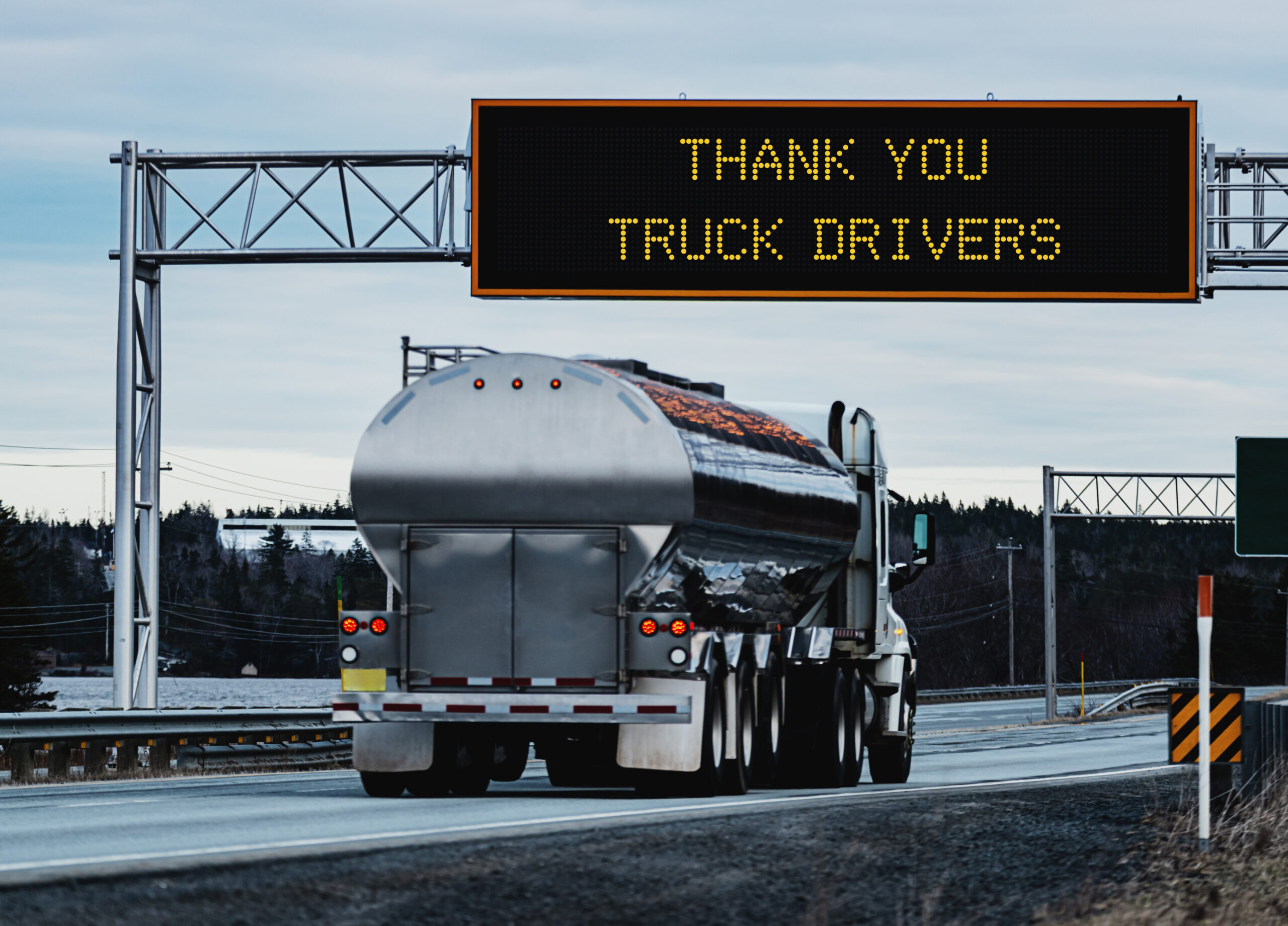A Positive Correlation: High Communication = Highly Engaged Drivers

Hey there: New Year, New You! While most of us agree to and then forget personal resolutions within weeks of the start of the year, setting meaningful goals for your business is still a worthwhile endeavor.
When you’re thinking about ways your company can improve in 2021, employee engagement is where you should start. For most companies, regardless of industry, a fully engaged workforce isn’t common, and this ultimately leads to an unhappy workforce looking for change.
While that may seem like a grim scenario, there’s good news. You can positively impact your team’s engagement by taking steps to improve your communication. Employee engagement can also help you cut out the guesswork in deciding what to prioritize next. Read on as we take a deeper dive into the topic.
Why Engagement Matters
The value of engagement is pretty simple: Engaged drivers perform better. This is particularly true within the trucking industry — drivers who are engaged with a trucking company are less likely to seek employment elsewhere. This reduces constant churn and boosts retention.
But it’s also bigger than that.
Engaged drivers can be your brand’s best advocate, promoting your business to other drivers (and peers in general) as a positive place to work — and to do business with.
With all that said, though, it’s eye-opening to look at the current state of employee engagement in the American workforce. A number of studies have found that very few employees feel engaged in their work — in fact, a Dale Carnegie Training research study found that only 30% of employees report being engaged.
And how do engaged drivers perform differently than those who have become disengaged? A Gallup Survey found that companies with highly engaged workforces are 21% more productive than other businesses. That’s a big difference, and one that can have a significant impact on your company’s bottom line.
How Meaningful Communication Boosts Engagement
When surveyed about engagement, many employees cite poor communication within a business as a reason they are disengaged. Communication difficulties aren’t exclusive to the trucking industry, but with the nature of truck driving, it is innately more challenging to have an open and continual dialogue with drivers.
Taking a thoughtful look at how your business communicates is an important step toward improving engagement. Building a feedback mechanism can help promote two-way communication between drivers and the rest of the team.
“Putting a feedback mechanism in place improves engagement because it gives drivers a clear understanding about the path to communicate,” says Katie Love, Marketing Manager at WorkHound. “Just based on where drivers sit in their jobs, getting in touch with someone in the office can be difficult. Offering a communication channel can help clarify where their feedback needs to go because it’s all collected in one location. Then the company can funnel that to different channels as needed.”
There’s an added benefit to using a tool that allows for anonymous feedback — it enhances driver trust.
“Since one of the reasons drivers don’t communicate is a fear of retaliation, having an anonymous feedback mechanism builds confidence in drivers and gives them the freedom to share exactly what’s on their mind,” Love says. “So they’re more likely to do it more often.”
The WorkHound Difference
Effective workplace communication requires a multifaceted approach. But having WorkHound as one tool in the toolbox can make a tangible difference in enhancing driver engagement.
“WorkHound reaches drivers directly where they are,” Love says. “It isn’t actionable to say ‘come to me when you have a need.’ This instead brings the company directly to the workers. They have a communication channel in their pockets.”
Being able to quickly text concerns, questions or praise puts drivers in the literal driver’s seat of communication.
“Rather than asking drivers to meet a business halfway, this tool is meeting drivers where they are,” Love says. “It allows companies to reach out and have a personal touchpoint with their drivers at least once a week. While that may not sound like much, it can really make a significant difference.”
Looking to use WorkHound to engage with your driver team? How you use the tool is the most important factor.
“We call this the feedback loop — requesting feedback, receiving feedback, and responding to feedback,” Love says. “Showing drivers that their voices are being heard and used to inspire positive change builds trust and encourages continued engagement and loyalty.”
Ready to use meaningful communication to enhance driver engagement? Sign up for a free demo to learn how we can help.
driver communication, driver engagement, driver feedback, engaged drivers, workforce engagement
Let's Build Better Workplaces Together
Revolutionize your company culture and your worker retention rates by improving communication and engagement.
Book a Demo

